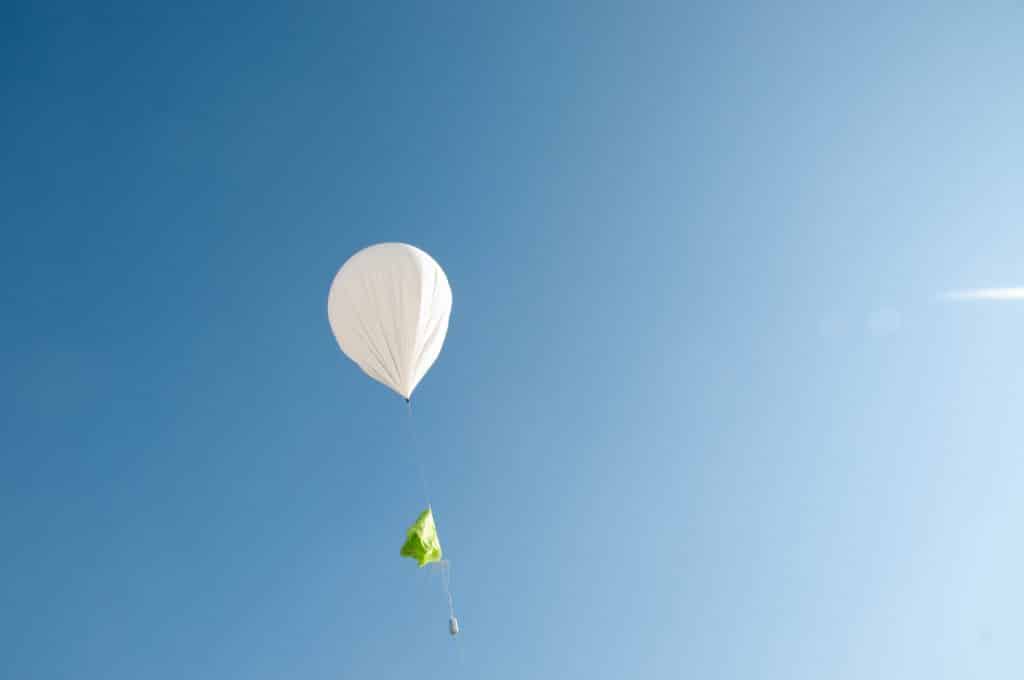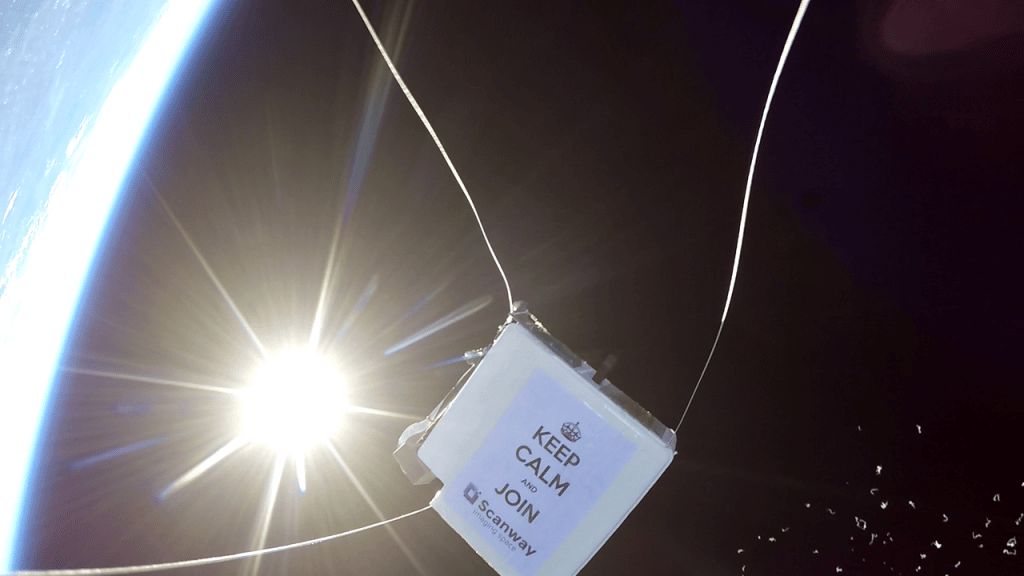Stratospheric
balloon missions
What is the best way to test the space payload? Performing computer simulations or testing in space-like conditions? In this article, we will tell you how we tested space instruments using a stratospheric balloon.
Why do we have to pay so much attention to testing?
Space conditions, including vacuum, wide temperature range, radiation, negatively affect electronics, optical and mechanical equipment. Therefore, payloads placed on satellites should be designed and developed in such a way that makes it possible for those devices to work without any interference. The best way to properly prepare the hardware is to continually test it in space-like conditions. There are several ways to do it: performing complex computer simulations including many parameters, testing in a vacuum chamber, or testing the equipment in the stratosphere. At Scanway Space, we have chosen the latter option.

Missions goals
The goal of such missions is to verify in space-like conditions the behavior of optical, mechanical, and electronic components that we are planning to place in orbit. The idea is to place the components developed and used by our engineers in the gondola of the stratospheric balloon, which ultimately reaches an altitude of 30 km in order to achieve low pressure and low-temperature conditions.
A test mission usually consists of several experiments, for example, a test of optical coatings used in telescopes, a test of the OBC computer at low temperatures, and a test of components of the satellite mission self-diagnostic system.

Missions course
The mission begins with preparation of the balloon components, planning of experiments and developing the appropriate software to diagnose the equipment being tested. The next step is the balloon launch itself: the stratospheric balloon is filled with hydrogen (or alternatively with helium). Then, a payload is attached to the balloon containing the planned experiments. When all the steps are done correctly, the balloon is launched into the air.
After reaching the planned height (usually 35 km), the baloon explodes and the controlled descent begins. Throughout the mission, the onboard computer collects data, from which we are able to analyze the course of the mission and the behavior of all payload elements.
This kind of stratospheric balloon flight cannot take place without obtaining the appropriate permissions, which are issued by the air navigation. Our missions are piloted by WroSpace Association.

